In the digital age, data storage and accessibility have become paramount for both personal and professional use. Network-Attached Storage (NAS) offers an efficient and scalable solution to store, share, and manage data over a network. This guide will explore the intricacies of NAS storage, its operation, benefits, drawbacks, and tips on choosing and using this technology effectively.
Table of Contents:
– NAS Storage Market Overview
– Detailed Introduction and Analysis of the NAS Storage Market
– Innovations and Trends in NAS Storage
– Key Factors When Selecting NAS Storage
– Emerging Trends in NAS Storage
– Practical Applications of NAS Storage
– Future Prospects of NAS Storage
– Wrapping Up
NAS Storage Market Overview
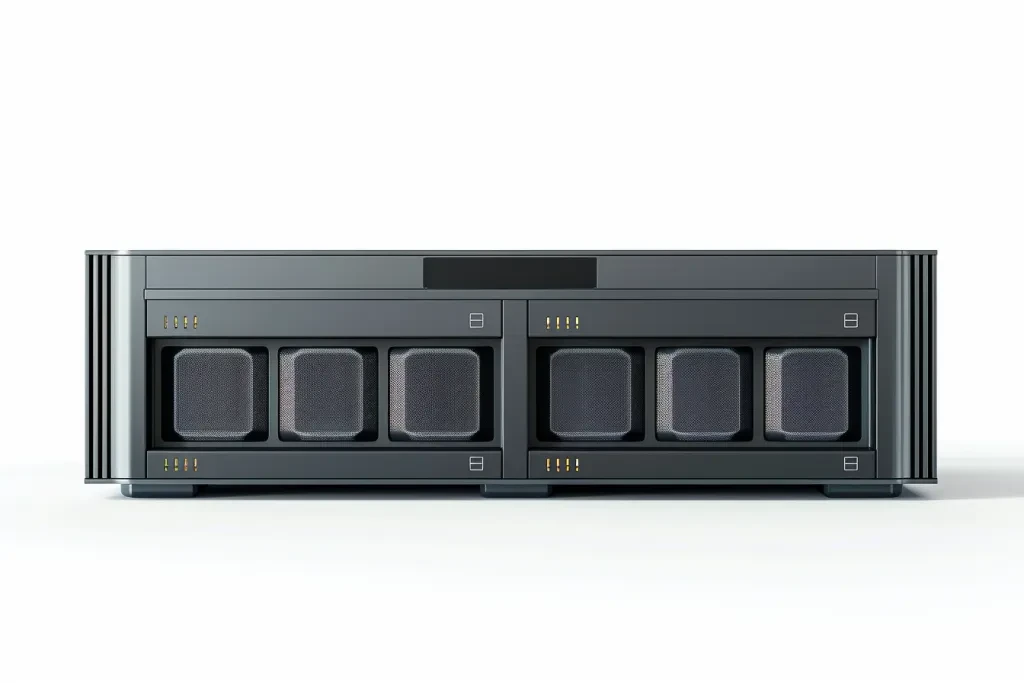
The Network-Attached Storage (NAS) market is a key segment within the broader storage industry, designed to provide centralized and easily accessible storage solutions for businesses and individuals. The global NAS market is projected to reach $23.93 billion in 2024, with an expected compound annual growth rate (CAGR) of 13.27% from 2024 to 2029. This growth suggests a substantial market volume of $44.61 billion by 2029. The United States is anticipated to generate the most revenue in this sector, reflecting its robust digital infrastructure and high adoption rates of advanced storage technologies.
Regionally, China is also a significant player, with a projected revenue of $9.42 billion in 2024. The average spend per employee in the NAS market is expected to reach $138.10 in 2024, highlighting the increasing investment in scalable and efficient storage solutions by businesses. The market’s expansion is driven by the rising demand for data storage due to the proliferation of digital content, the adoption of cloud computing, and the need for secure data management practices.
Detailed Introduction and Analysis of the NAS Storage Market
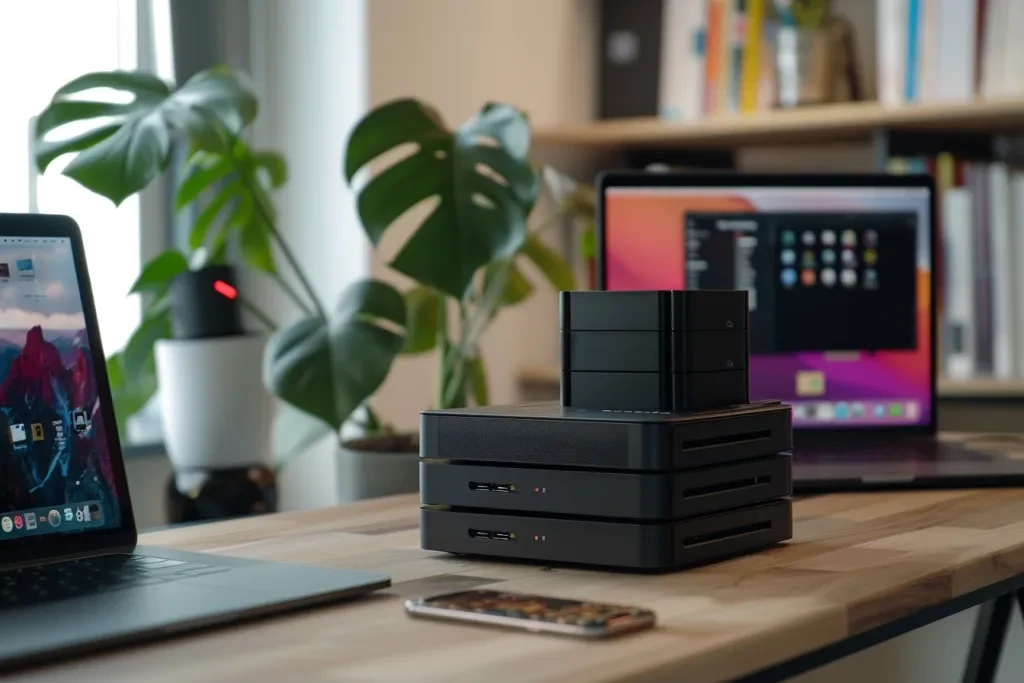
The NAS storage market is characterized by high data throughput, scalability, and robust data protection features. NAS systems are designed to handle large volumes of data with high-speed access, making them ideal for enterprise applications such as data backup, archiving, and disaster recovery. Major players like Dell, HPE, NetApp, and IBM dominate the market, offering a range of NAS solutions tailored to various business needs.
Market share dynamics are influenced by technological advancements and consumer preferences. The shift towards software-defined storage (SDS) and the integration of artificial intelligence (AI) for predictive analytics and automation are notable trends. These innovations enhance NAS systems’ performance and efficiency, enabling businesses to manage data more effectively and reduce operational costs. The adoption of edge computing is also driving demand for NAS solutions that support data processing and storage at the edge, providing faster access to critical data.
Economic factors, such as investment in digital infrastructure and government policies promoting data privacy and security, significantly impact the NAS market. For instance, stringent data protection regulations like the General Data Protection Regulation (GDPR) in Europe necessitate secure and compliant storage solutions. This regulatory environment encourages businesses to invest in NAS systems that offer advanced encryption and access control measures.
Shifts in consumer behavior towards remote work and digital collaboration tools have also spurred the demand for NAS storage. The COVID-19 pandemic accelerated the adoption of remote work practices, increasing the need for reliable and accessible storage solutions. NAS systems provide the scalability and flexibility required to support remote operations, enabling businesses to maintain productivity and data security.
Innovations and Trends in NAS Storage
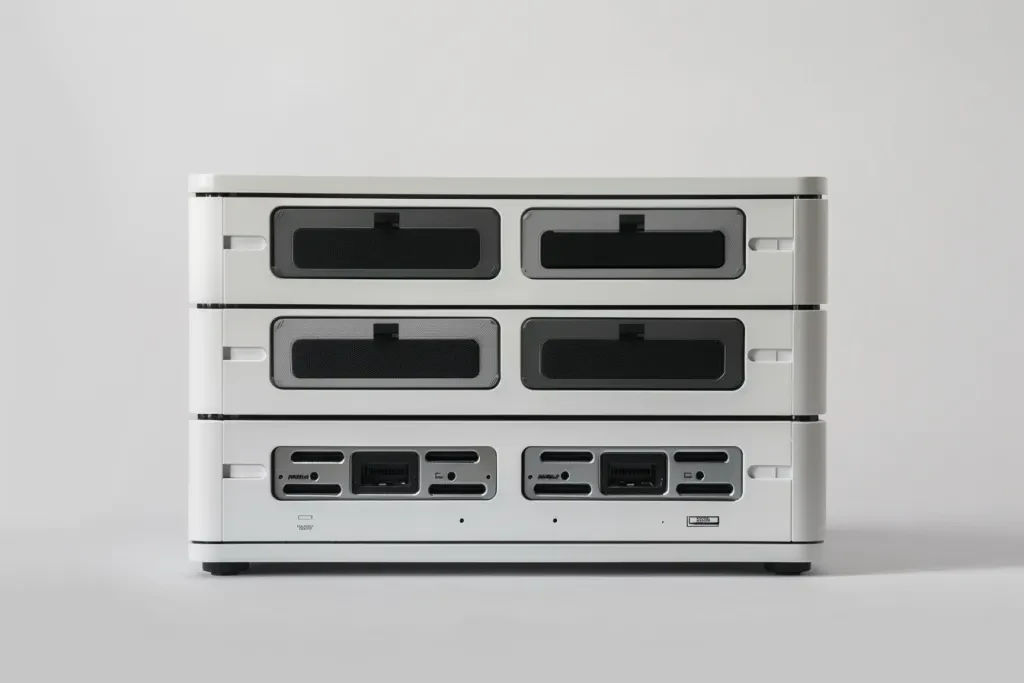
Recent innovations in the NAS market include the development of high-capacity, energy-efficient storage devices and the integration of cloud-native features. For example, hybrid NAS solutions that combine on-premise and cloud storage capabilities offer businesses the flexibility to manage data across different environments. This hybrid approach allows for seamless data migration, backup, and disaster recovery, enhancing overall data resilience.
The rise of solid-state drives (SSDs) in NAS systems is another significant trend, driven by their superior performance and durability compared to traditional hard disk drives (HDDs). SSDs provide faster data access and lower latency, making them suitable for high-performance applications such as video editing, virtual reality, and big data analytics. The adoption of SSDs in NAS systems is expected to continue growing, especially in industries that require rapid data processing and high availability.
Environmental regulations and sustainability initiatives are also shaping the NAS market. Data centers and storage solutions are increasingly focusing on energy efficiency and reducing carbon footprints. NAS vendors are developing eco-friendly storage devices and implementing green data center practices, such as using renewable energy sources and optimizing cooling systems. These efforts align with global sustainability goals and enhance the market’s appeal to environmentally conscious businesses.
Overall, the NAS storage market is poised for significant growth, driven by technological advancements, regulatory requirements, and evolving consumer needs. Businesses and individuals are recognizing the value of scalable, secure, and efficient storage solutions, making NAS an integral component of modern data management strategies.
Key Factors When Selecting NAS Storage

When selecting the right NAS (Network-Attached Storage) for your business, several critical factors need consideration. This section delves into these factors, providing insights to help you make an informed decision.
Storage Capacity and Scalability
One of the foremost considerations is capacity and scalability. Evaluate your current data storage requirements and anticipate future needs. NAS devices come in various configurations, from a few terabytes to multiple petabytes.
For instance, a growing e-commerce platform might start with a 10TB NAS but should consider a model that supports expansion slots for additional drives. This ensures that as the business grows, the storage solution can scale without requiring a complete overhaul. High-end NAS systems often support hot-swappable drives, allowing for seamless capacity upgrades without downtime. RAID (Redundant Array of Independent Disks) configurations are crucial for scalability and data protection. RAID 5 and RAID 6 offer a good balance between performance and redundancy, while RAID 10 provides high performance and redundancy at the cost of storage efficiency.
Performance and Speed
Performance is critical, especially for businesses that rely on high-speed data access. The performance of a NAS device is influenced by components like the processor, RAM, and network interfaces. Modern NAS devices often feature multi-core processors and up to 64GB of RAM, ensuring they can handle multiple simultaneous data requests efficiently.
For example, creative agencies dealing with large media files require NAS systems with high read/write speeds. SSD (Solid State Drive) caching can significantly enhance performance by storing frequently accessed data on faster SSDs, reducing latency. Additionally, 10GbE (10 Gigabit Ethernet) connectivity is becoming standard in high-performance NAS units, offering ten times the speed of traditional Gigabit Ethernet.
Data Protection and Security
Data protection and security are paramount for any business. NAS systems come with features to safeguard data against loss, corruption, and unauthorized access. RAID configurations provide redundancy, but additional features like snapshot technology and automatic backups further enhance data protection.
NAS devices often support AES 256-bit encryption, ensuring data is secure both in transit and at rest. Many models include integrated antivirus and anti-malware solutions to protect against cyber threats. For businesses handling sensitive information, it is essential to choose a NAS that complies with industry standards like GDPR (General Data Protection Regulation) and HIPAA (Health Insurance Portability and Accountability Act). User access control is vital. NAS systems allow for detailed user permissions, ensuring only authorized personnel can access specific data. Multi-factor authentication (MFA) adds an extra layer of security, making it harder for unauthorized users to gain access.
Compatibility and Integration
Compatibility with existing systems and ease of integration are critical for a seamless workflow. NAS devices should support various operating systems, including Windows, macOS, and Linux, to ensure all employees can access the storage regardless of their device.
Integration with cloud services is also significant. Many NAS systems offer hybrid cloud solutions, allowing businesses to store data locally and in the cloud. This provides the flexibility to access data from anywhere while ensuring critical data is backed up offsite. Popular integrations include services like Amazon S3, Google Drive, and Microsoft Azure.
For businesses using virtualization environments, NAS devices that support iSCSI (Internet Small Computer Systems Interface) are essential. iSCSI allows the NAS to act as a storage area network (SAN), providing high-speed storage for virtual machines.
Cost and Budget
Finally, the cost is crucial. NAS devices range from a few hundred dollars for entry-level models to several thousand dollars for high-end units. Balance the initial investment with the total cost of ownership (TCO), which includes maintenance, upgrades, and energy consumption.
Consider the features you need and avoid paying for unnecessary extras. For example, a small office may not require a high-performance NAS with 10GbE connectivity and SSD caching. Instead, a more modest model with Gigabit Ethernet and sufficient storage capacity might be more cost-effective. Energy efficiency plays a role in long-term costs. NAS devices with power-saving features can reduce electricity bills, making them more economical in the long run. Additionally, some vendors offer subscription-based services for software updates and technical support, which can add to the overall cost.
Emerging Trends in NAS Storage

As technology evolves, so do the capabilities and features of NAS storage solutions. Staying abreast of these trends ensures businesses can leverage the latest advancements to optimize their data management and storage strategies.
AI and Machine Learning Integration
Artificial intelligence (AI) and machine learning (ML) are making significant inroads into NAS storage solutions. These technologies enhance data management, improve performance, and bolster security. AI-driven analytics can monitor data usage patterns and predict future storage needs, allowing for proactive capacity planning.
Machine learning algorithms can enhance data protection by identifying unusual access patterns that may indicate a security breach. These systems can automatically adjust security protocols to mitigate potential threats. Additionally, AI-powered deduplication and compression algorithms can optimize storage efficiency, reducing the amount of space required for data storage.
Edge Computing Capabilities
Edge computing is reshaping the NAS storage landscape. As businesses generate more data at the edge of their networks—such as from IoT devices and remote offices—there is a growing need for storage solutions that can process and store data locally. NAS devices with edge computing capabilities can analyze and store data closer to the source, reducing latency and bandwidth usage.
For example, a manufacturing company with multiple facilities can deploy NAS units at each site to collect and process data from production lines. This enables real-time monitoring and decision-making without relying on a central data center. Edge computing also enhances data security by keeping sensitive information within the local network.
Enhanced Cloud Integration
The integration between NAS systems and cloud services continues to deepen. Hybrid cloud solutions are becoming more sophisticated, offering seamless data synchronization between on-premises NAS devices and cloud storage. This provides businesses with the benefits of both local and cloud storage, such as fast local access and offsite backups.
Advanced cloud integration features include automated tiering, where frequently accessed data is stored on local NAS drives while less frequently accessed data is moved to the cloud. This optimizes storage costs and ensures critical data is always readily available. Additionally, some NAS vendors now offer cloud-based management tools, allowing administrators to monitor and manage multiple NAS devices from a single interface.
Practical Applications of NAS Storage
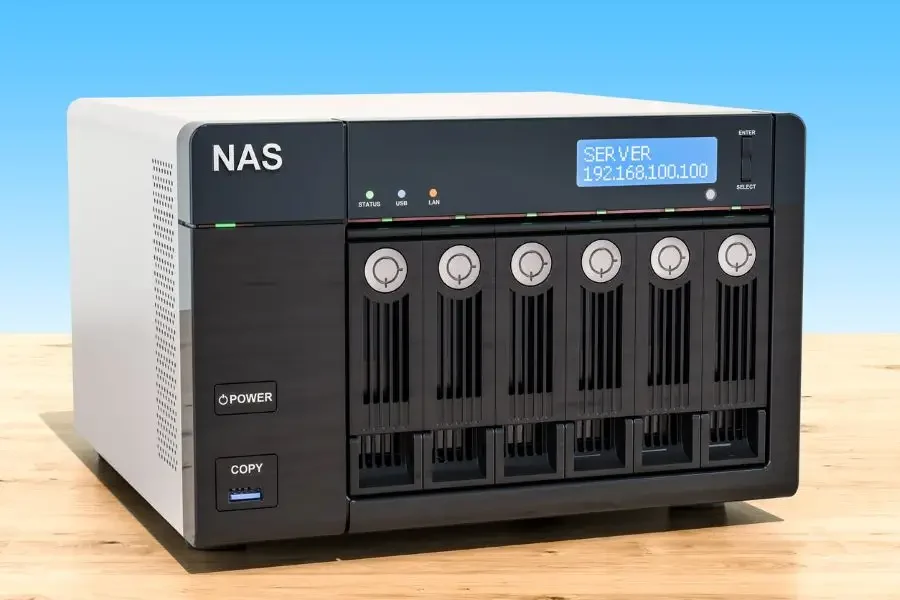
Understanding the practical applications of NAS storage can help businesses identify the most suitable solutions for their specific needs. This section explores various use cases where NAS systems excel.
Data Backup and Disaster Recovery
One of the primary applications of NAS storage is data backup and disaster recovery. NAS devices provide a centralized location for storing backups, ensuring critical data is protected against loss due to hardware failure, cyberattacks, or natural disasters. Modern NAS systems support automated backup schedules, snapshot technology, and remote replication, making it easy to implement robust backup strategies.
For example, a law firm can use a NAS device to back up client files, ensuring sensitive information is secure and recoverable in case of an incident. The ability to create offsite backups via cloud integration further enhances data protection, providing an additional layer of security.
Media Storage and Streaming
NAS storage is widely used in the media and entertainment industry for storing and streaming large media files. High-capacity NAS devices with fast read/write speeds are ideal for storing high-resolution video, audio files, and graphic design projects. NAS systems can serve as media servers, allowing multiple users to access and stream content simultaneously.
A video production company, for instance, can benefit from a NAS system that supports 10GbE connectivity and SSD caching, ensuring smooth playback and fast file transfers. The ability to create user accounts with specific access permissions also helps in managing collaborative projects securely.
Virtualization and Containerization
In the realm of IT and software development, NAS storage plays a crucial role in virtualization and containerization environments. NAS devices that support iSCSI and NFS (Network File System) protocols can be used as shared storage for virtual machines and containers, providing high performance and reliability.
For instance, a software development team can use a NAS device to store virtual machine images and containerized applications, ensuring these resources are readily available for testing and deployment. The scalability of NAS systems allows for easy expansion as the development environment grows.
Future Prospects of NAS Storage
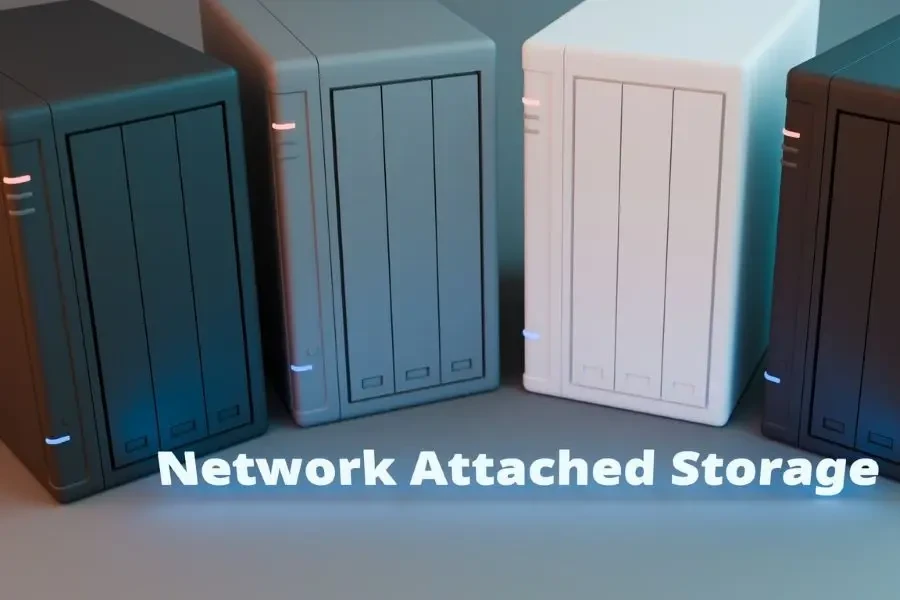
The future of NAS storage looks promising, with several advancements on the horizon that will further enhance its capabilities and applications. This section explores some of the upcoming developments in NAS technology.
Adoption of NVMe Drives
The adoption of NVMe (Non-Volatile Memory Express) drives is set to revolutionize NAS storage performance. NVMe drives offer significantly faster data transfer speeds compared to traditional SATA drives, making them ideal for high-performance applications. NAS devices equipped with NVMe drives can handle more simultaneous data requests, reducing latency and improving overall efficiency.
For example, a financial services company requiring real-time data analysis can benefit from a NAS system with NVMe drives, ensuring large datasets are processed quickly and efficiently. The increased performance also enhances the user experience for employees accessing data-intensive applications.
Integration with AI and IoT
The integration of NAS storage with AI and IoT (Internet of Things) is expected to grow, providing new opportunities for data management and analysis. AI algorithms can optimize storage efficiency, predict maintenance needs, and enhance security, while IoT devices generate vast amounts of data that need to be stored and processed locally.
A smart city project, for instance, can leverage NAS devices to store and analyze data from IoT sensors, such as traffic cameras and environmental monitors. The ability to process data at the edge reduces latency and enables real-time decision-making, improving the overall efficiency of city operations.
Enhanced Data Privacy and Compliance
As data privacy regulations become more stringent, NAS vendors are focusing on enhancing data privacy and compliance features. Future NAS systems are expected to include advanced encryption, secure access controls, and compliance management tools to help businesses meet regulatory requirements.
For example, a healthcare provider can use a NAS system with built-in compliance features to store patient records securely, ensuring data privacy regulations like HIPAA are met. The ability to generate compliance reports and audit trails simplifies regulatory compliance, reducing the risk of penalties.
Wrapping Up
In conclusion, selecting the right NAS storage solution requires careful consideration of various factors, from storage capacity and performance to data protection and cost. By staying informed about emerging trends and practical applications, businesses can make data-driven decisions that enhance their storage strategies and support their growth.
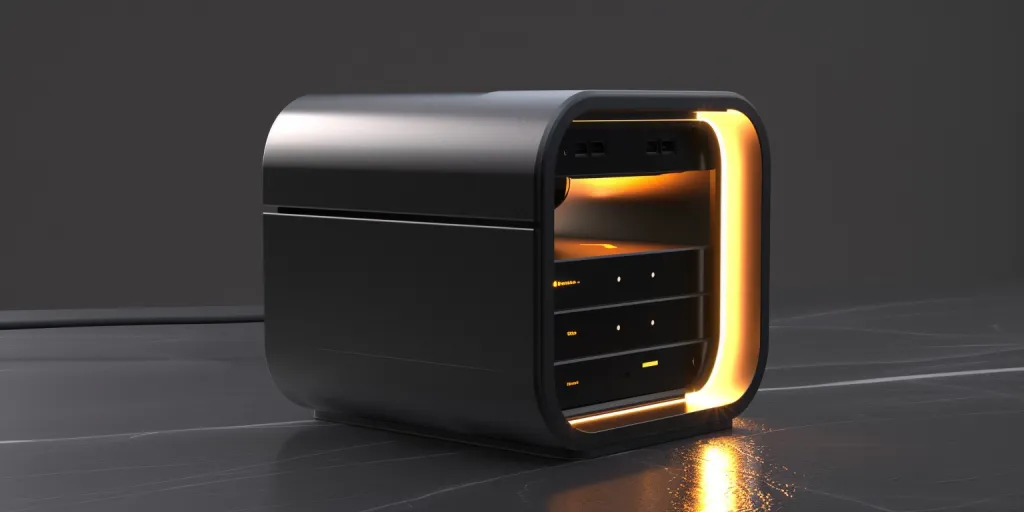




 Afrikaans
Afrikaans አማርኛ
አማርኛ العربية
العربية বাংলা
বাংলা Nederlands
Nederlands English
English Français
Français Deutsch
Deutsch हिन्दी
हिन्दी Bahasa Indonesia
Bahasa Indonesia Italiano
Italiano 日本語
日本語 한국어
한국어 Bahasa Melayu
Bahasa Melayu മലയാളം
മലയാളം پښتو
پښتو فارسی
فارسی Polski
Polski Português
Português Русский
Русский Español
Español Kiswahili
Kiswahili ไทย
ไทย Türkçe
Türkçe اردو
اردو Tiếng Việt
Tiếng Việt isiXhosa
isiXhosa Zulu
Zulu